Description of the Research
Cardiovascular disease (CVD) is the leading cause of death in Canada, with direct and indirect annual costs of over 21.2 billion dollars. Osteoporosis is another common chronic disease with over 200 million people affected worldwide. Numerous epidemiological studies suggest that CVD and osteoporosis share common risk factors. One of the leading risk factors for the high incidence of CVD and osteoporosis is a suboptimal diet, including inadequate intake of dairy food. Released in 2019, the new Canada's Food Guide has created controversies about milk and alternatives consumption by removing it as a stand-alone food group. To our knowledge, no detailed analyses exist of the impact of low consumption of dairy products on CVD and osteoporosis, from a health economics perspective in the Canadian context. This study aims to provide insights as to the potential health and economic consequences that low dairy food consumption could create in the next 20 years. Study outcomes can help to better understand the effects of changes in dairy consumption, such as those recommended in Canada's Food Guide. Using microsimulation models, we will provide robust information on preventable CVD and osteoporosis incidence. These models simulate a cohort of a representative sample of an adult Canadian population using different CVD and osteoporosis-related epidemiological data to predict the incidence of CVD and osteoporosis events through the current and optimal level of dairy food consumption scenarios. In addition, achieving CVD and osteoporosis control is associated with reduction in medical costs, better work productivity and improvement in quality of life. Thus, we will make estimations on direct and indirect costs saved by optimal dairy consumption. Providing information on the magnitude of the problem is an essential first step in the development and implementation of effective programs at various levels of public health and nutrition settings across the country to encourage a healthier diet, such as one that values the proper intake of dairy products.
Research Question
How does the intake of dairy products impact the incidence of CVD and osteoporosis?
Research Objectives
- To conduct an umbrella review of systematic reviews and meta-analyses to summarize and evaluate the current evidence on the heterogenous impact of dairy food consumption on the incidence of CVD and osteoporosis.
- To determine and compare dairy food consumption by sex/age groups in the Canadian population with those with CVD and/or osteoporosis.
- To measure the potential economic and health burden of the current dairy food consumption of Canadians and the potential impact of modifying dairy food consumption in Canada to the optimal level using individual-level simulation
About Us:
Vatanparast Nutritional Epidemiology Lab:
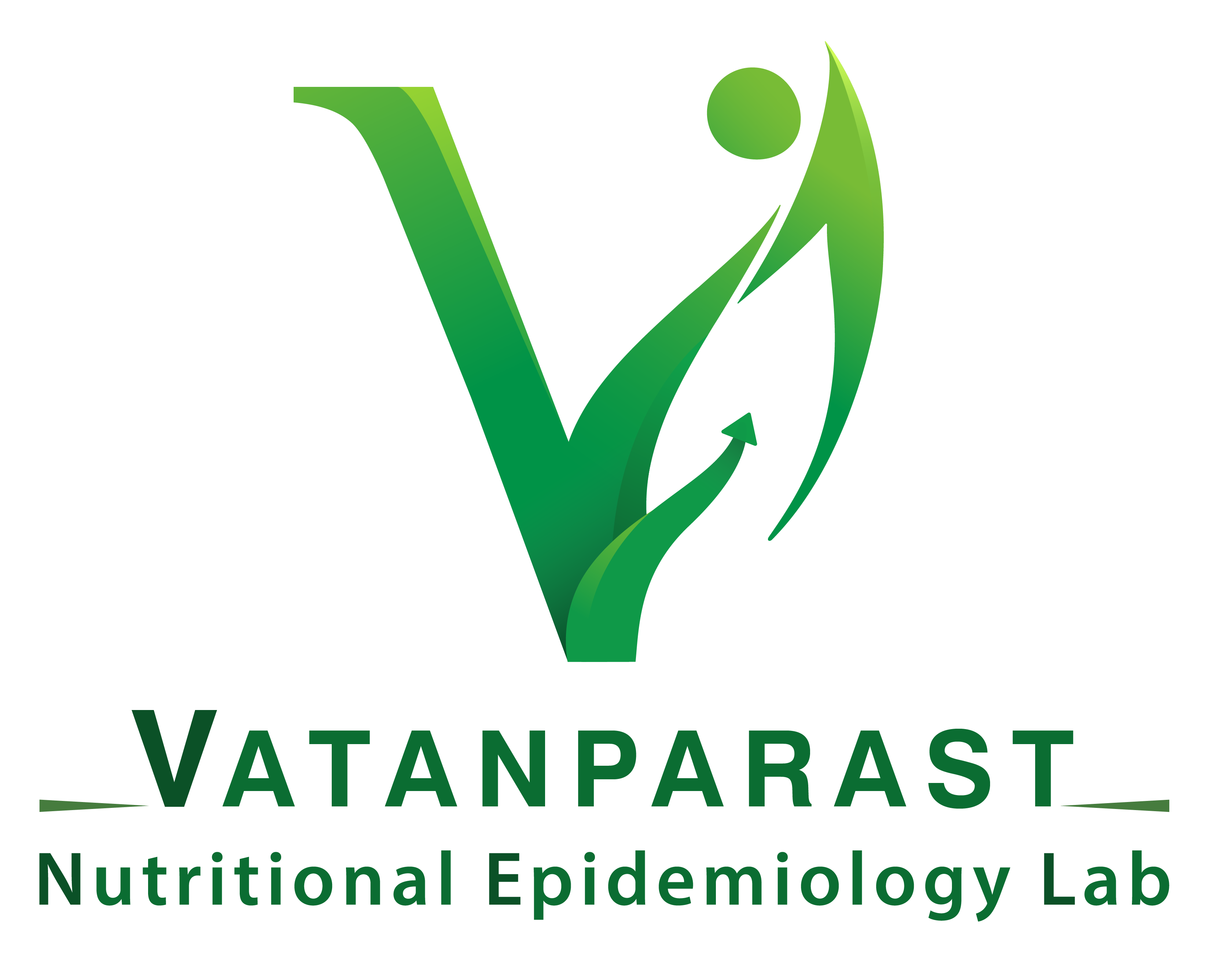
Dr. Vatanparast's Nutritional Epidemiology Lab (VNEL) is located in the University of Saskatchewan's College of Pharmacy & Nutrition. The Lab employs undergraduate Nutrition Students, Master of Public Health Students, and Biostatistics students to build capacity in upcoming research professionals. The VNELab focuses on research and health promotion initiatives targeting children's health and chronic disease. Dr. Hassan Vatanparast, the Head of the VNELab, is leading several projects at the local, national and global levels aimed to improve the nutritional health of the general population, newcomers, and Indigenous communities. The VNELab collaborates locally through the College of Pharmacy & Nutrition, School of Public Health, and other organizations, provincially, nationally, and internationally.
Team members
Investigators
Dr. Hassan Vatanparast
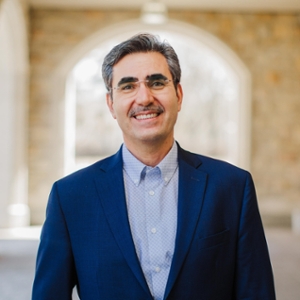
Hassan Vatanparast (PI) is a Professor in the field of nutritional epidemiology at the College of Pharmacy and Nutrition and School of Public Health, University of Saskatchewan.
Dr. Marwa Farag
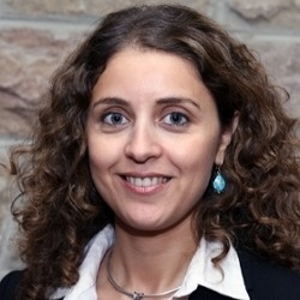
Marwa Farag (Co-PI) is an Associate Professor at the School of Public Health, University of Saskatchewan. Her main expertise is in the field of health economics, including elasticity and effectiveness of health spending; equity of health financing; economic evaluation and economic burden of disease, healthcare utilization, and policy implications.
Dr. Carol Henry
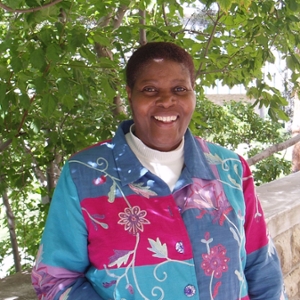
Carol Henry (Co-investigator) is an internationally recognized community engaged researcher in Global Food Security and Nutrition who with 25 years of global experience has led multiple large scale, multifaceted, cross disciplinary research projects aimed at improving food production and consumption.
Dr. Mohsen Yaghoubi

Mohsen Yaghoubi (Co-investigator) is an Assistant Professor, at the Mercer University, College of Pharmacy, USA. Mohsen holds a PhD in health economics with several years of experience in academia and industry.
Dr. Mehdi Javanbakht

Mehdi Javanbakht (Research Associate) holds a Ph.D. in Health Economics and he is Head of Health Economics Unit at IGES institute in the UK. He has over 13 years of experience in academia and industry.
Research Team
Zoe Longworth

Zoe Longworth works as the Vatanparast Nutritional Epidemiology Lab manager and she has a master’s degree in public health.
Mojtaba Shafiee

Mojtaba Shafiee is a PhD candidate at the College of Pharmacy and Nutrition.
Dr. Michele Monroy-Valle

She has a PhD degree in Epidemiology and she is currently a postdoctoral fellow (PDF) at the College of Pharmcy and Nutrition, University of Saskatchewan.
Dr. Pardis Keshavarz

She has a PhD degree in Human Nutrition and she is currently a postdoctoral fellow (PDF) at Canadian Centre for Rural and Agricultural Health, University of Saskatchewan.
Funder
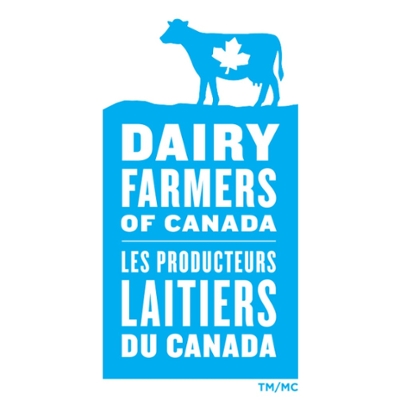
USask researchers have been awarded $105,000 by Dairy Farmers of Canada (Dairy Research Cluster 4) to estimate and project the economic and health burden of cardiovascular diseases and osteoporosis due to low dairy food consumption.

